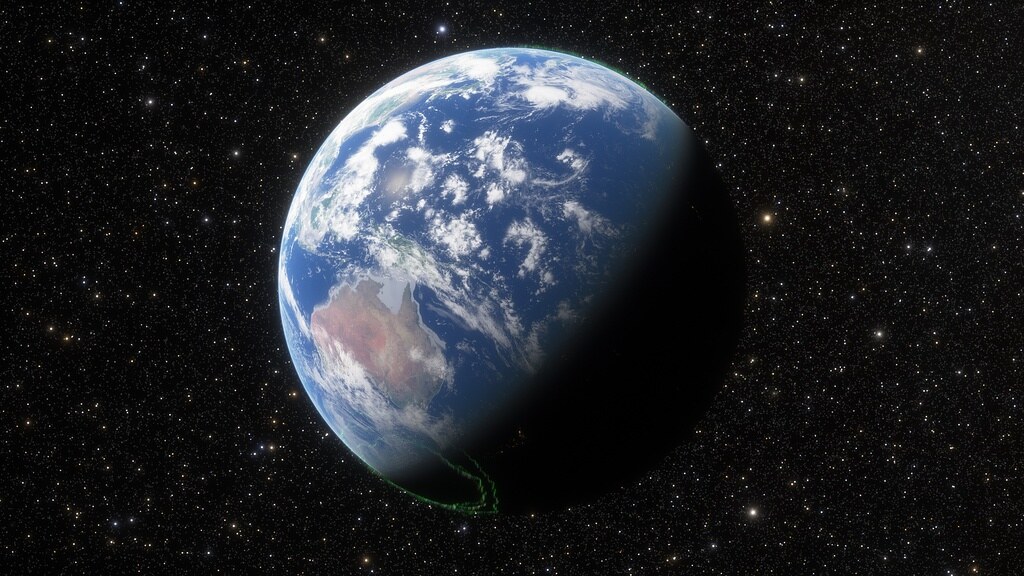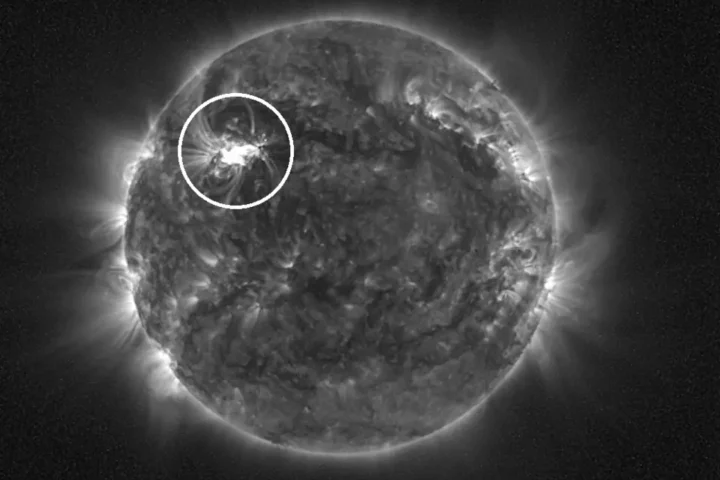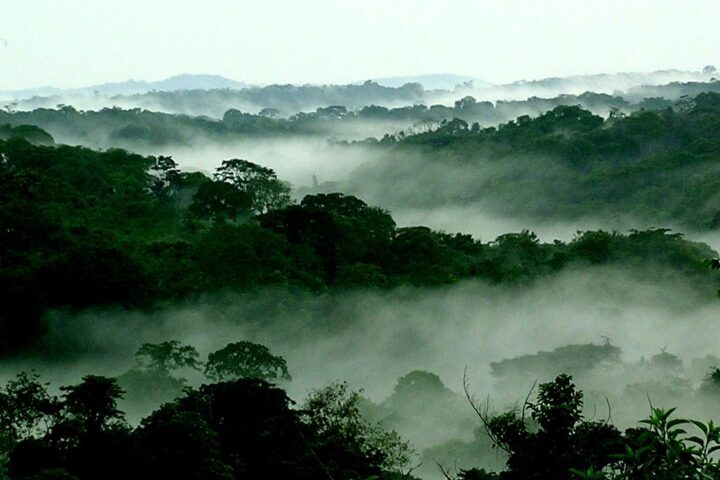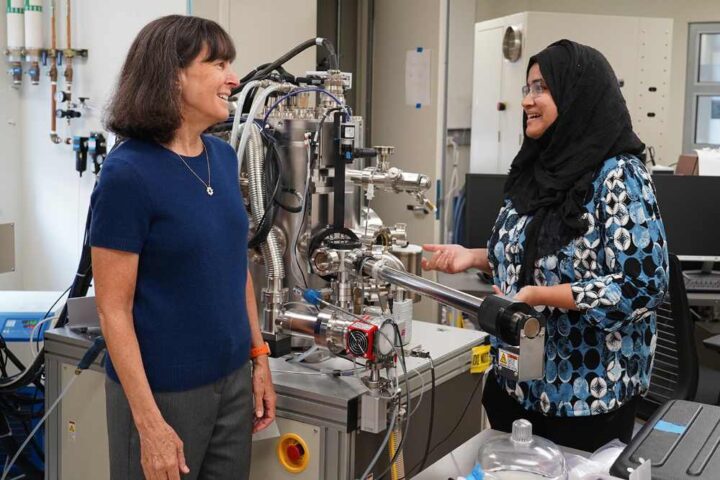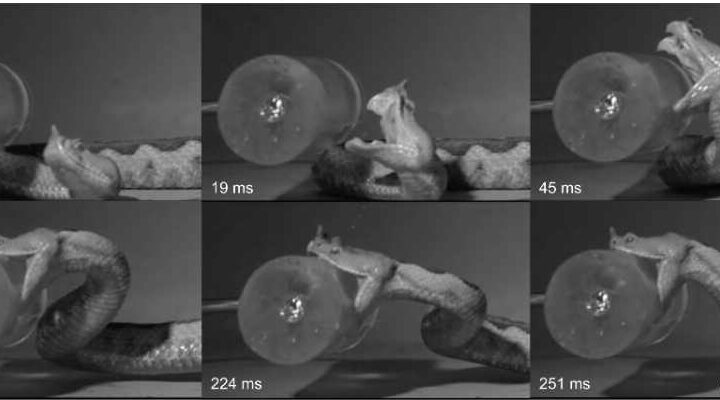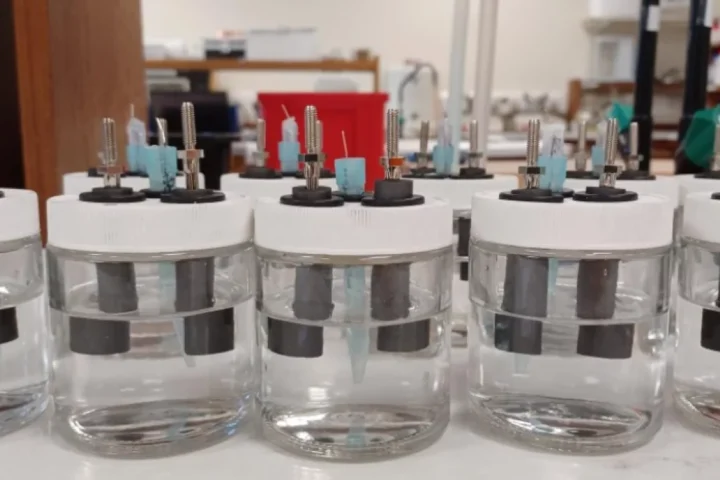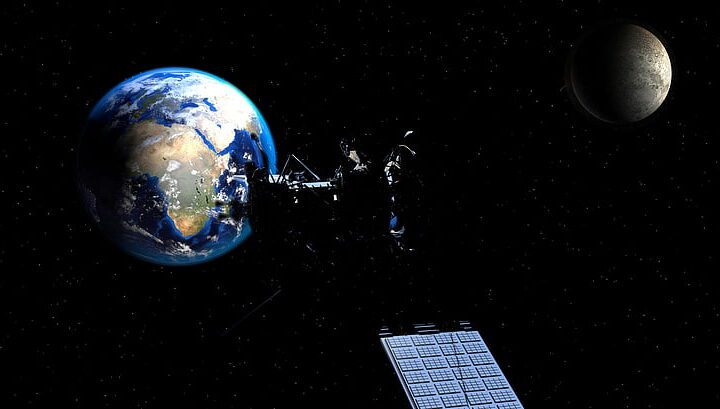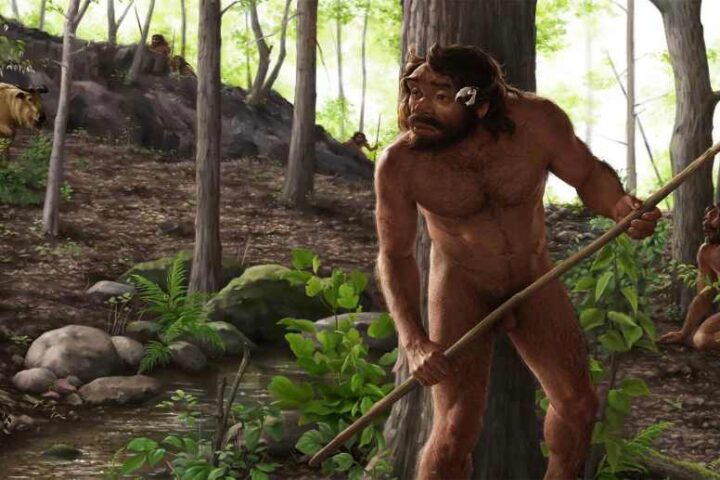Human activities have altered Earth’s rotation in ways that would have seemed impossible just decades ago. Recent research published in Geophysical Research Letters reveals that excessive groundwater pumping has caused our planet to tilt by 31.5 inches between 1993 and 2010.
The Hard Numbers Behind Earth’s Shift
The scale of human interference with Earth’s natural water systems is staggering. We have extracted approximately 2,150 gigatons of groundwater, primarily for irrigation and human consumption. This massive redistribution of water has triggered a measurable shift in Earth’s rotational pole and contributed to 0.24 inches of sea-level rise.
“Earth’s rotational pole actually changes a lot,” says Ki-Weon Seo, lead researcher at Seoul National University. “Our study shows that among climate-related causes, the redistribution of groundwater actually has the largest impact on the drift of the rotational pole.”
Regional Impact and Scientific Evidence
The research identifies western North America and northwestern India as major contributors to this planetary shift. These regions’ intensive groundwater extraction practices have created an imbalance in Earth’s mass distribution. As the source documents state, it’s “like adding a tiny bit of weight to a spinning top, the Earth spins a little differently as water is moved around.”
Surendra Adhikari, a research scientist at NASA’s Jet Propulsion Laboratory, confirms these findings: “We assembled models for a suite of processes that are thought to be important for driving the motion of the spin axis. We identified not one but three sets of processes that are crucial — and melting of the global cryosphere (especially Greenland) over the course of the 20th century is one of them.”
More Stories
A Father’s Concern Meets Scientific Reality
The personal dimension of this scientific discovery emerges in Seo’s reflection: “I’m very glad to find the unexplained cause of the rotation pole drift. On the other hand, as a resident of Earth and a father, I’m concerned and surprised to see that pumping groundwater is another source of sea-level rise.”
Data Gaps and Research Opportunities
The current research covers data from 1993 through 2010. According to the source documents, examining historical data may help show trends and provide greater depth to understanding groundwater movement effects. Scientists can use this knowledge to understand water storage variations across continents.
Environmental and Scientific Understanding
The research provides new data about how human activities affect Earth’s rotational dynamics. NASA research published in 2016 first alerted scientists to the fact that the distribution of water can change the Earth’s rotation. This new study adds specific measurements to that understanding.
Researchers modeled observed changes in the drift of Earth’s rotational pole and the movement of water. Across varying scenarios, the only model that matched the drift was one that included 2,150 gigatons of groundwater distribution. The redistribution of water from the midlatitudes creates the largest impact, with western North America and northwestern India playing key roles in these changes.
As Seo notes, “Observing changes in Earth’s rotational pole is useful for understanding continent-scale water storage variations.” This data may help conservationists understand how to work toward addressing continued sea level rise and other climate issues.The study adds to previous research from 2016 that first established the connection between water distribution and Earth’s rotation. Recent research published in 2024 also considered that melting ice at the poles of our planet may change the Earth’s spin, potentially affecting the timing of the “leap second” that was due to be added to the world clock, Coordinated Universal Time (UTC), in 2026. This addition may now have to be delayed until 2029.
